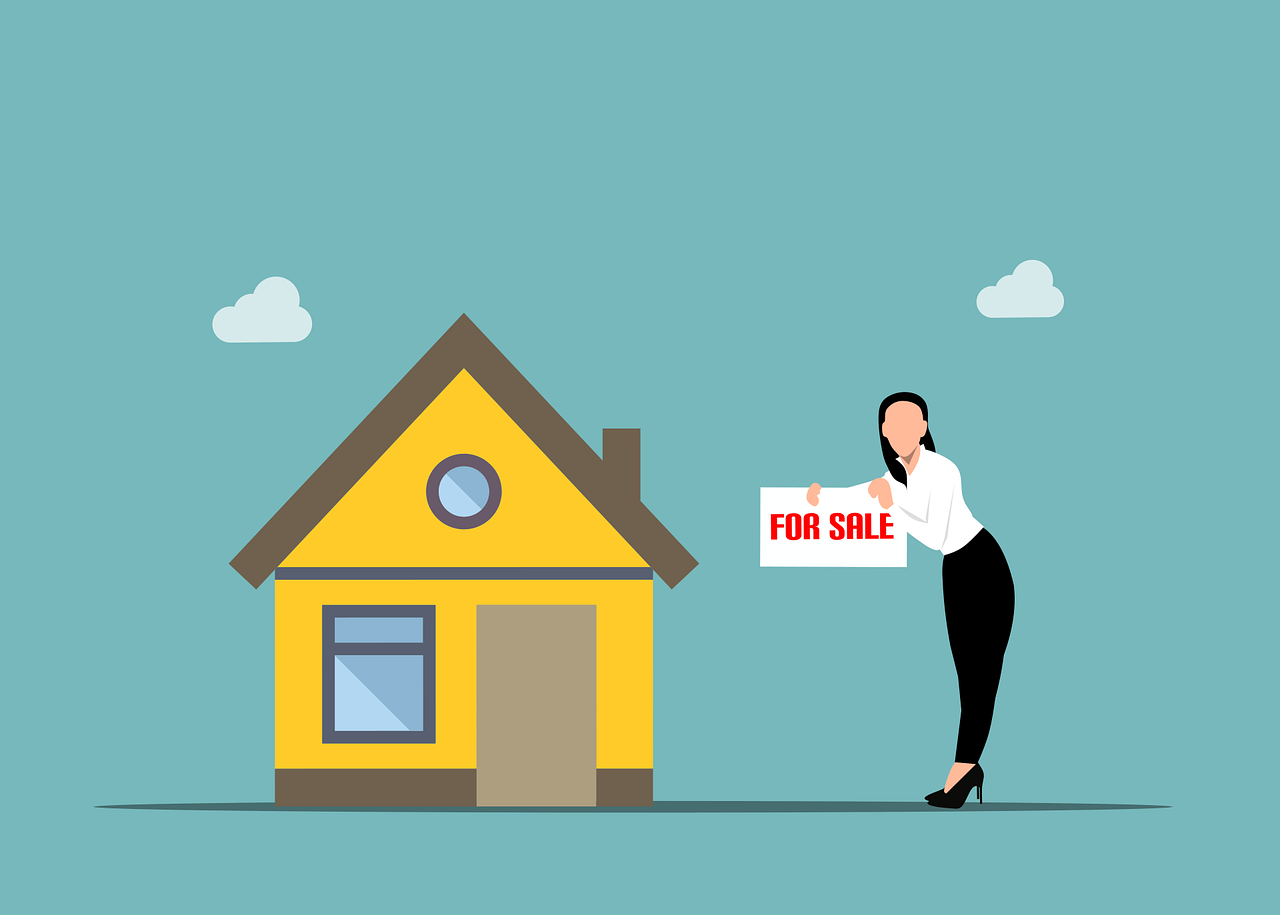The U.S. housing market has always been a bit unpredictable, but after the wild swings of the past few years, people are now more curious than ever — what’s next? Will 2026 bring relief to homebuyers? Will property values keep rising? Or are we in for another slowdown?
Let’s break it all down in plain language, based on current trends and expert insights.
Mortgage Rates: A Slight Dip, Maybe
If you’ve been watching mortgage rates over the last few years, you know they’ve been all over the place. In 2022 and 2023, rates shot up to levels we hadn’t seen in decades. Things settled a bit in 2024 and 2025, but borrowing was still expensive for most people.
So what about 2026?
Many analysts believe mortgage rates might ease slightly — possibly dipping into the 5.5% to 6% range, depending on how the economy behaves. But we’re probably not going back to those super-low pandemic rates anytime soon. If inflation stays under control and the Federal Reserve softens its policies, borrowing could become a little more affordable again.
Home Prices: Calmer Waters Ahead
Let’s be honest — home prices in some areas got out of control. From 2020 to 2022, bidding wars were everywhere, and buyers were paying way above asking. That couldn’t last forever.
In 2024 and 2025, prices started to cool down a bit, especially in overheated cities like Austin, San Francisco, and Denver. That was a healthy correction, not a crash.
Looking into 2026:
- Home prices are expected to rise again, but at a more reasonable pace — around 3% to 5% nationally.
- Affordable cities may grow faster, while expensive markets could stay flat or slow.
- Buyers might finally feel like they have room to breathe.
Inventory: Still Playing Catch-Up
There’s no sugarcoating it — housing inventory is tight. Builders haven’t kept up with demand for years. Supply chain problems, labor shortages, and rising material costs made new construction difficult.
Even now, in many cities, the number of homes available for sale is way below what’s needed.
In 2026, we might see a slow but steady improvement, especially as some large building projects wrap up. But don’t expect a flood of new homes. It’s likely we’ll still be in a seller-friendly market, though not as intense as during the pandemic.
Who’s Buying in 2026? Millennials & Gen Z
Millennials are in their 30s and 40s now — peak homebuying age. And guess what? Gen Z is starting to enter the game too.
These younger buyers are different. They’re more tech-savvy, financially cautious, and willing to move to less expensive areas to get more value.
Trends we’re seeing:
- Co-buying (friends or siblings buying a home together)
- Remote work making smaller cities more attractive
- High interest in energy-efficient homes and smart tech
Commercial Real Estate: The Shift Continues
Remember when everyone thought offices were dead? That’s not exactly true, but things are definitely changing.
By 2026, many traditional office spaces in large cities will have been converted into apartments or mixed-use buildings. That’s especially true in cities where demand for housing is high.
Retail is also evolving — it’s no longer just about shopping. More retail centers are focused on experiences: dining, events, fitness, and hybrid workspaces.
Meanwhile, industrial real estate is thriving, thanks to e-commerce growth and demand for local distribution centers.
Tech Is Changing How We Buy Homes
Real estate in 2026 isn’t just about the property — it’s about the tech, too.
- Virtual home tours are common now — people are buying homes they’ve never physically stepped foot in.
- AI tools help buyers find homes faster and match them with the right mortgage.
- Some counties are testing blockchain for property records — making transactions faster and more secure.
This shift is especially appealing to younger, digital-native buyers.
Hot Markets to Watch
Here are a few U.S. cities likely to perform well in 2026:
- Tampa, FL – Great weather, growing economy, tax benefits
- Charlotte, NC – Consistent population growth and job opportunities
- Salt Lake City, UT – Strong tech presence and livability
- Raleigh, NC – Good schools, healthcare, and affordability
- Dallas-Fort Worth, TX – Massive growth and strong housing demand
These markets offer a mix of affordability, job growth, and lifestyle perks that appeal to a broad range of buyers and renters.
Risks to Keep in Mind
While the 2026 outlook is mostly positive, there are still risks:
- Recession fears could hurt buyer confidence
- Climate risks like wildfires, floods, and hurricanes are increasing in some regions
- Tighter lending standards may keep some people on the sidelines
- Affordability remains a problem, especially in coastal states
Being aware of these risks helps investors and buyers plan smarter.
Final Thoughts
2026 won’t be a repeat of the chaos we saw during the pandemic. Instead, we’re heading into a more stable, balanced real estate environment.
There will still be challenges — especially for first-time buyers — but overall, the market is maturing. Builders are slowly catching up, interest rates may cool, and buyers are better informed.
Whether you’re buying, selling, or investing, the key is to stay flexible, do your research, and focus on long-term value.




